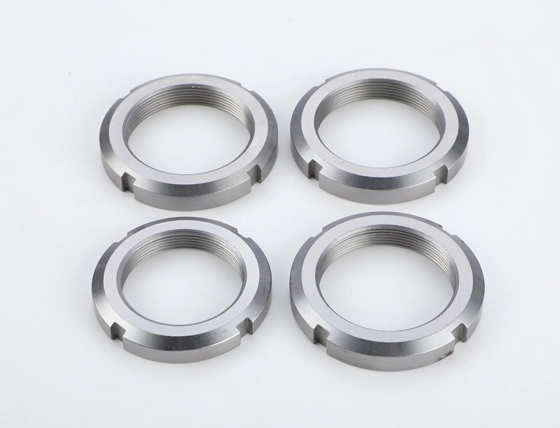Compared to traditional profile machining centers, precision turning machining profile centers demonstrate significant advantages in several core aspects, particularly in spindle performance, cutting feed technology, numerical control system advancement, tool material selection, and CNC programming strategies.

Profile machining centers designed for precision turning require high-speed spindles with extreme precision, excellent rigidity, stable operation characteristics, and minimal thermal deformation. In this field, direct-drive spindles and motorized spindles are highly favored for their superior performance, easily meeting or exceeding the stringent requirements of high-speed CNC machining centers for spindle speeds (usually not less than 10,000rpm).
In precision turning machining profile centers, improving the cutting feed rate is directly linked to leaps in machining efficiency. Such centers typically achieve efficient cutting feed rates of 20-40m/min. The introduction of linear motors has further propelled this process, with their non-contact direct drive method reducing moving parts, eliminating twist deformations, thus reaching unprecedented levels of processing efficiency and precision. The high acceleration characteristics of linear motors (up to 2g, which is 10-20 times that of traditional drive devices) and high feed capabilities (4-5 times that of traditional speeds) further cement their leading position in the field of precision machining.
The CNC systems of precision turning machining profile centers must possess ultra-high-speed data processing capabilities and highly functional characteristics to meet the demands of complex precision machining. For four-axis or five-axis precision turning, these requirements are even more stringent. Therefore, advanced CNC systems using 32-bit or 64-bit processors are preferred, providing performance far superior to ordinary CNC systems.
Tool material plays a crucial role in precision turning machining. Polycrystalline diamond, cubic boron nitride, and hard-coated tools are preferred for their excellent wear resistance, high hardness, and good cutting performance in precision turning machining profile centers. The selection of high-quality tools can significantly enhance cutting speed and ensure machining quality.
For high-speed turning precision machining, CNC precision machining must particularly emphasize the optimization of cutting paths. CNC precision machining programmers need to foresee the entry trajectory of the cutting tool, avoid sudden changes in machining direction to reduce "chatter" phenomena, improve surface quality, and prevent overcutting, residues, tool and spindle damage issues. In three-dimensional contour machining, adopting segmented machining strategies and treating complex shapes or corners separately often yields better machining results.
This is the last one.